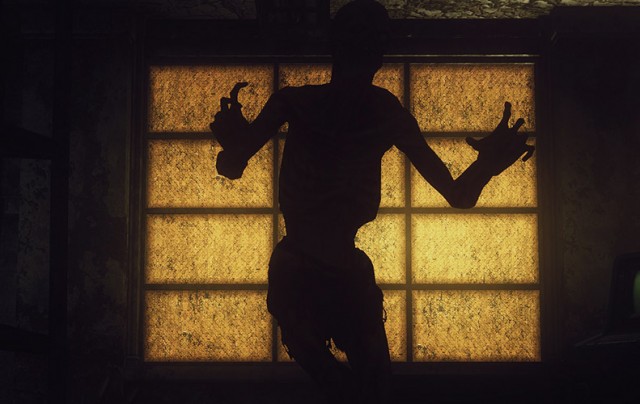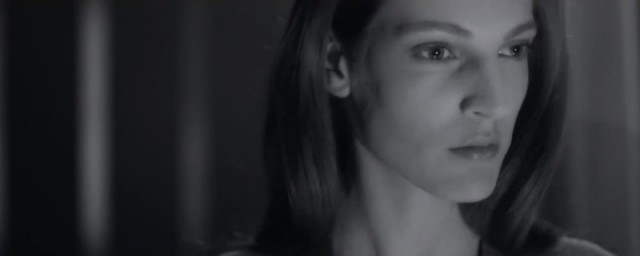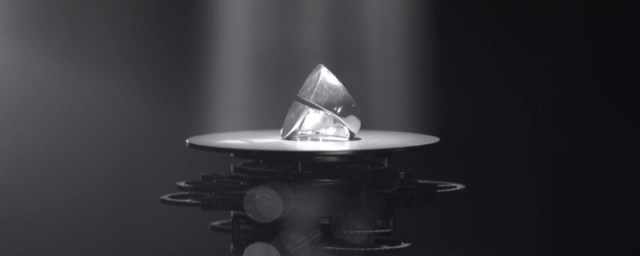Você já deve ter percebido que lousa, giz, caderno e lápis não são mais os únicos materiais utilizados no ensino hoje em dia. As Tecnologias de Informação e Comunicação (TICs) – internet, notebooks, smartphones, cameras digitais, tablets etc – já fazem parte do cotidiano dos alunos e das escolas.
Essas diferentes tecnologias digitais permitem aos alunos o contato com novas linguagens, e aproximam o conteúdo de ensino às novas gerações, os nativos digitais, que desde pequenos tem naturalidade e domínio sobre os recursos tecnológicos. Mas quais são, efetivamente, as vantagens e resultados desses gadgets no ensino?
Um projeto realizado pelo núcleo de ensino da Unesp (Universidade Estadual Paulista) mostrou que o uso da tecnologia na educação melhora em 32% o rendimento dos alunos em matemática e física, em comparação aos conteúdos trabalhados de forma expositiva em sala de aula.
Animações, simulações e jogos, que ensinavam análise combinatória por exemplo, foram incluídos no currículo escolar de 400 crianças na cidade de Araraquara, interior de São Paulo, e mostraram que 51% dos alunos que tinham dificuldades na aprendizagem melhoraram seu rendimento a partir do uso dessas novas ferramentas.
A doutora em educação pela UNICAMP, Cristina Tempesta, acredita que o uso das TICs contribuem em todas as áreas de estudo. “É só pensar em uma aula de artes com uma visita virtual ao Louvre com ajuda do Google Art Project, ou uma aula de Biologia utilizando imagens reais do Pantanal e . As TICs vieram para facilitar o ensino e trazer qualidade e mobilidade para os conteúdos”.

A aula depende muito do professor, e antigamente ele era o único detentor de conhecimento. Hoje, ensinar para alunos que antes de serem alfabetizados já tem contato com tecnologia digital é um desafio para o profissional. Ele tem que aliar as bagagens de informações – o acesso e a facilidade digital do aluno com conteúdos e experiências que só ele possui – para que o aproveitamento da aula seja muito maior.
“Do ponto de vista do aprendizado, essas ferramentas devem colaborar para trabalhar conteúdos que muitas vezes nem poderiam ser ensinados sem elas, portanto não significa que apresentações de Power Point vão agregar conteúdo. Deve existir todo um planejamento, uma integração e uma interação dos profissionais para o uso dessas ferramentas digitais. Assim como não faz sentindo ver o crescimento de uma semente em uma animação se podemos fazer experimentos reais. A tecnologia só vai atrapalhar quem não souber fazer bom uso dela”, lembra Cristina.
Como não é possível que cada aluno tenha um iPad ou que cada carteira seja um computador, é interessante notar que com pequenos exemplos de utilização de novas tecnologias a dinâmica das aulas pode mudar. Sites, programas e aplicativos , como Geogebra – que reúne recursos de álgebra, geometria, gráficos e tabelas – e o Músculos Anatomia – onde é possível acessar imagens e descrições detalhadas sobre toda a anatomia humana – já estão sendo incluídos no currículo e no dia a dia dos professore e alunos. Já o Stellarium permite mostrar planetas e constelações em 3D, e o Tríade – faz uma viagem ilustrada ao século XVII pela história da revolução francesa.

O desafio de integrar ensino e tecnologia pode ser feito de forma bem simples e fácil. O uso de celulares, ferramenta democrática e em grande número nos dias de hoje, pode iniciar uma revolução no modo de ensino e suprir a falta de muitos matérias digitais nas escolas. A partir de facção de documentários, videos, fotos e textos sobre assuntos estudados e até mesmo projetos de campo, os alunos poderão compartilhar com os outros suas ideias pessoais e em conjunto e iniciar debates e troca de informações. Além de contribuir, também, imensamente com as crianças portadoras de necessidades especiais que com a ajuda de ferramentas sonoras, visuais e com recursos de escrita podem ilimitar seu conhecimento e conseguir desenvolver-se, interagindo com os outros alunos através das mesmas ferramentas.
51% dos alunos com dificuldades de aprendizado melhoraram o rendimento com auxílio da tecnologia
A mera presença de gadgets em sala de aula não significa necessariamente inovação e aprendizado. Os professores têm que se formar adequadamente para a cultura digital e fazer valer o ensino munido da tecnologia digital. A aluna Taymara Moro conta “sem a disponibilidade de um tablet ou um computador por aluno a preparação dos professores foi fundamental no meu ensino. Através de aulas pensadas para serem complementadas com videos, aplicativos e imagens reais pude compreender melhor muitos dos conteúdos das matérias”.
Lena Cypriano, mãe de duas crianças que estudam com a ajuda de ferramentas digitais acredita que expor os alunos ao contato com elas e desenvolver novas formas de linguagem e metodos é prepara-las para as mudanças que estão acontecendo hoje em dia. “Os alunos que transitam pelos diversos espaços e sabem utilizar os diferentes recursos tem mais preparo para estar nas situações diversas da demanda atual. É positivo que conheçam e saibam utilizem os recursos. A escola prepara os alunos para a vida além dela, portanto, saber usar as ferramentas é saber lidar com o mundo. Considero importante também que a escola trabalhe com equilíbrio em todos os aspectos, pois quaisquer ferramentas utilizadas em demasia nem sempre abrem espaço para outros aprendizados”.
A série Diálogos, promovida pela Fundação Telefonica, Porvir e Inspirare, discutiu as tendências, desafios e oportunidades de uso das tecnologias na educação e é um bom caminho para quem quer começar a conversar sobre o assunto. É necessário cada vez mais discutir as dificuldades e facilidades do ensino integrado da tecnologia digital no dia a dia dos alunos. Já é comprovado que ele é um vantajoso método de melhorar o desempenho dos alunos. Resta agora a democratização, ampliação e o treinamento cada vez maior dos profissionais para que esses casos aumentem.
 Post originalmente publicado no Brainstorm #9
Post originalmente publicado no Brainstorm #9
Twitter | Facebook | Contato | Anuncie


























































































































































